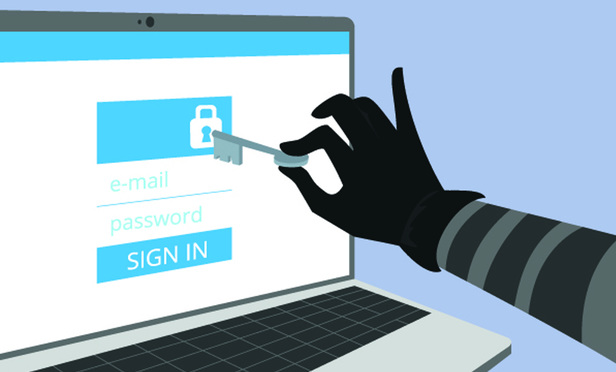Once upon a time, it may have been sufficient from a privacy point of view to concern ourselves only with “public use versions” of data sets, where information such as names, telephone numbers, social security numbers, personal addresses, and certain types of medical information or information in public arrest records were redacted.
But we don’t just live any more in a world of data sets containing personally identifiable information (PII) and personal health information (PHI) – we live in a world of data sets where pieces of information that themselves are concededly “non-PII” and “non-PHI” can be combined together in a myriad of ways using advanced analytical techniques. Through the use of data mining and data linkage, including tapping into available external sources of data, in the world we live in now “de-identified” persons can be “re-identified,” and anonymous data can be de-anonymized.
This content has been archived. It is available through our partners, LexisNexis® and Bloomberg Law.
To view this content, please continue to their sites.
Not a Lexis Subscriber?
Subscribe Now
Not a Bloomberg Law Subscriber?
Subscribe Now
LexisNexis® and Bloomberg Law are third party online distributors of the broad collection of current and archived versions of ALM's legal news publications. LexisNexis® and Bloomberg Law customers are able to access and use ALM's content, including content from the National Law Journal, The American Lawyer, Legaltech News, The New York Law Journal, and Corporate Counsel, as well as other sources of legal information.
For questions call 1-877-256-2472 or contact us at [email protected]



